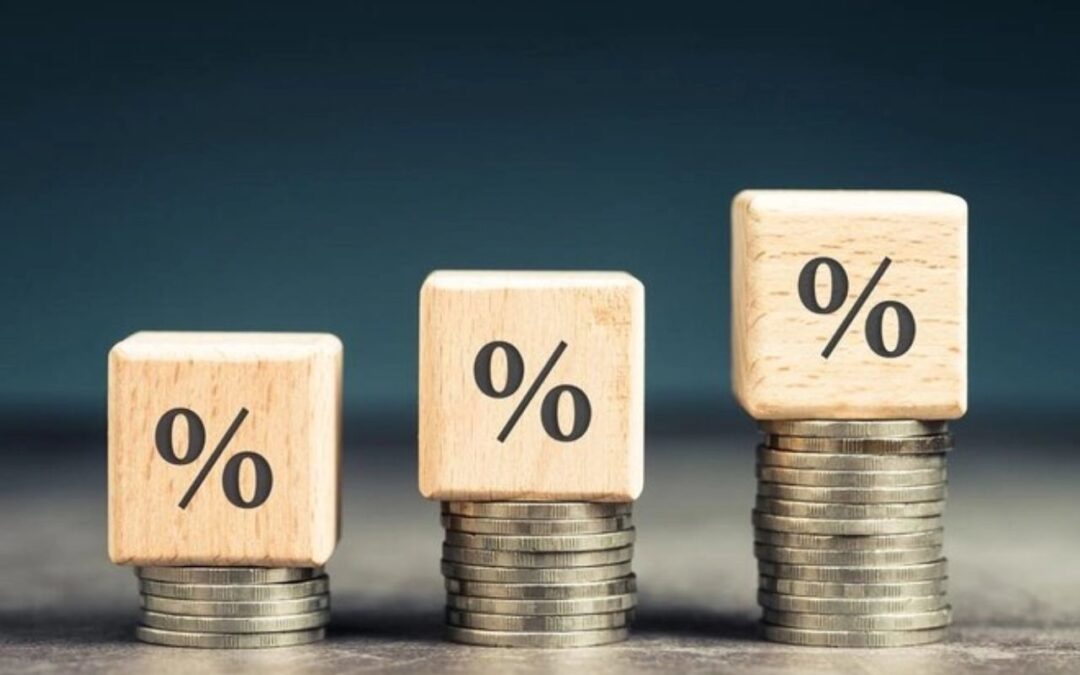Synopsis: This article highlights the top 10 mutual funds in India that currently charge the highest expense ratios in 2025.
Expense ratio refers to the annual charges a mutual fund has for managing your money – if it is high, it can reduce your long-term returns. This article discusses the 10 highest expense funds and what these fund expenses mean for your portfolio.
What Is an Expense Ratio?
The expense ratio is the fee that mutual funds charge, calculated as a percentage of your investment, for management expenses and operational expenses related to the fund. For example, if you invest ₹1 lakh, and the annual expense ratio on a fund is 2.5%, you will be paying ₹2,500 every year in expenses. That is a reduction in returns.
List of 10 Funds With the Highest Expense Ratios (2025)
1. Taurus Flexi Cap Fund – Flexi Cap Equity
- Expense Ratio: 2.57%
- AUM: ₹363.83 crore
- 1-Year Return: 3.44%
- Reason for Expense Ratio: Smaller AUM, costs of active management.
- Investor Takeaway: It is worthy, only if you have considerable conviction in the fund house’s flexi cap approach.
2. Motilal Oswal Active Momentum Fund – Thematic/momentum
- Expense Ratio: 2.56%
- AUM: ₹221.90 crore
- 1-Year Return: 24.33%
- Reason for Expense Ratio: Newer strategy that is very high-churn, and expense ratio due to active management.
- Investor Takeaway: Appropriate for an aggressive investor looking for a shorter horizon, “momentum”, type approach.
3. Motilal Oswal Special Opportunities Fund–Thematic/opportunities
- Expense Ratio: 2.56%
- AUM: ₹62.14 crore
- 1-Year Return: 7.18%
- Reason for Expense Ratio: Niche stock picks, the fund requires a lot of research and management.
- Investor Takeaway: Might serve as a tactical bet versus a core long-term equity holding.
4. Motilal Oswal Infrastructure Fund – Sectoral/infra
- Expense Ratio: 2.51%
- AUM: ₹81.96 crore
- 1-Year Return: 17.88%
- Reason for Expense Ratio: Infrastructure funds take a ton of research and you have concentrated exposures.
- Investor Takeaway: Good if you are a believer in the story for infra in India.
5. Motilal Oswal Services Fund – Sectoral/services
- Expense Ratio: 2.49%
- AUM: ₹72.74 crore
- 1-Year Return: 9.27%
- Reason for Expense Ratio: More focused theme and costs associated with a lower scale with this kind of strategy.
- Investor Takeaway: Tactical play only here and keep an eye on this fund regularly.
Also read: Top 10 Best Performing Mutual Funds Gen Z Investors Should Consider in 2025
6. Taurus Large Cap Fund – Large Cap Equity
- Expense Ratio: 2.41%
- AUM: ₹51.63 crore
- 1-Year Return: 8.09%
- Reason for High Expense Ratio: Small fund tight size, limited economies of scale
- Takeaway for Investor: Better large-cap options available for a lower fee.
7. Taurus Mid Cap Fund – Mid Cap
- Expense Ratio: 2.13%
- AUM: ₹133 crore
- 1-Year Return: 6.35%
- Reason for High Expense Ratio: Mid-cap focused and small AUM
- Takeaway for Investor: Only appropriate for larger expense ratio if it consistently beats peer funds.
8. Aditya Birla Sun Life International Equity Fund- Global Equity
- Expense Ratio: 2.08%
- AUM: ₹266 crore
- 1-Year Return: 30.9%
- Reason for High Expense Ratio: International exposure requires additional transaction costs and compliance costs
- Takeaway for Investor: Use for international diversification, but it should be compared to other international equity funds.
9. Tata Children’s Fund – Hybrid (Children’s/FoF)
- Expense Ratio: 2.07%
- AUM: ₹368 crore
- 1-Year Return: 5.03%
- Reason for High Expense Ratio: Small AUM and FoF structure costs
- Takeaway for Investors: It is fine for specific life goals but not for a general investment solution.
10. Taurus Infrastructure Fund – Sectoral/Infra
- Expense Ratio: 1.95%
- AUM: ₹9.41 crore
- 1-Year Return: 5.97%
- Reason for High Expense Ratio: Small fund tight size, concentrated in infra
- Takeaway for Investor: High cost/high risk product – use for satellite exposure purposes only.
Considerations for Investors
- Performance vs. Cost: Accept high expenses only when a fund consistently provides excess returns (“alpha”).
- Direct vs. Regular: Always determine if you can save 0.5-1% by selecting Direct plans on the internet.
- Index Fund Alternatives: Passive index or ETF funds typically deliver similar or better outcomes for a much lower cost.
- Consistency Counts: Avoid chasing returns based on last year’s performance, instead assess a multi-year track record – and volatility.
Final Thought
Invest in funds that provide a blend of performance and reasonable expenses. In the long run, prudent investors will continue toward low-cost consistent funds that can compound wealth, rather than toward flashy high cost funds.
Written By Rachna Rajput



